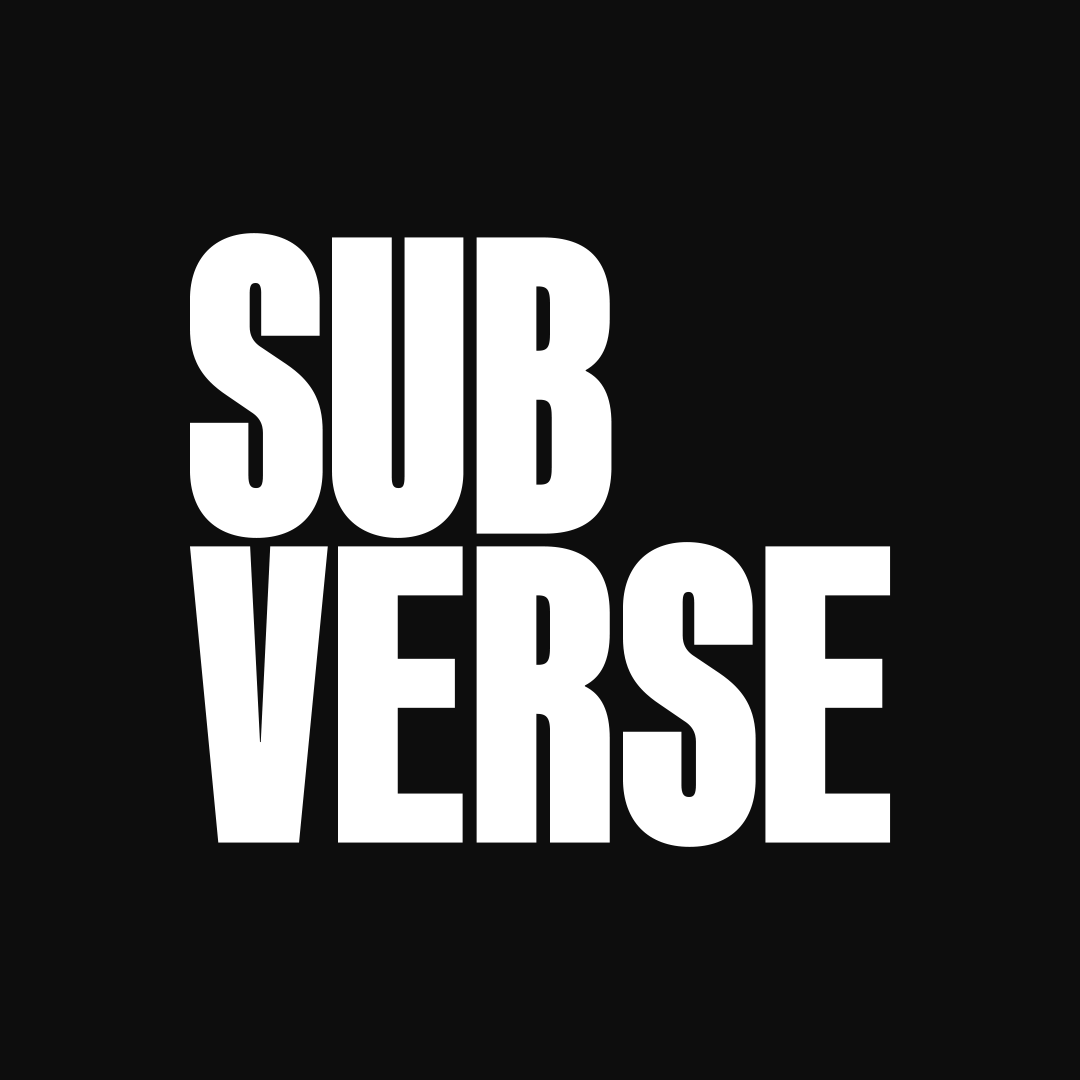Module 3: Mental Models and Paradigms – Lesson 3
This lesson is just one part in our series on Systems Thinking. Each lesson reads on its own, but builds on earlier lessons. An index of all previous lessons can be found at the bottom of this page.
Assumptions are among the most insidious forces in decision-making. They slip beneath awareness, cloaked in the language of certainty, until they quietly dictate choices and strategies. A budget ceiling is declared unmovable, a market labeled “saturated,” a process preserved simply because “it’s always been done this way.” Left unexamined, assumptions function as hidden governors of action, steering organizations down well-worn grooves rather than toward adaptive, evidence-based pathways. Surfacing assumptions is the discipline of making these tacit beliefs explicit, testing their validity, and allowing them to either mature into knowledge or dissolve under scrutiny.
How Assumptions Steer Decisions
Assumptions often masquerade as facts. They creep in through institutional memory, shared jargon, or emotional bias. A leader’s past triumph hardens into a rule of thumb that outlives its context. Teams invoke sweeping generalizations—“our customers only care about price”—without testing whether values have shifted. Even fear and optimism become assumptions: “We can’t risk experimenting” or “This campaign will go viral.” Each shapes real-world investments, even though none has been validated. In effect, untested assumptions operate like shadow policies—directives issued by no one, yet obeyed by everyone.
Constraints vs. Preferences
Before we can effectively test assumptions, we must be able to tell apart the immovable from the chosen. Many ideas that steer decisions sound like external limitations, when in fact they are internal preferences dressed up as hard rules. By disentangling these categories, leaders reclaim flexibility: they can focus creative energy on working within true constraints, while also challenging preferences that masquerade as inevitabilities.
Constraints
Constraints are structural, grounded in external reality: physics, regulations, deadlines, budgets. They resist wishful thinking. Push against them and they push back. These are the hard edges of a system—non-negotiable limits that shape what is possible.
Preferences
Preferences, however, are choices wrapped in the rhetoric of necessity. “We can’t raise prices” may actually mean “We prefer not to disrupt our positioning.” “We can’t work with that vendor” may translate as “We don’t like their style.” Recognizing this difference reclaims strategic room. Many supposed barriers are not hard edges of reality but soft boundaries of habit and comfort.
Approaches to Testing Assumptions
The craft of testing assumptions lies in converting belief into evidence. Several methods make this practical:
Reframing as Hypotheses
Vague claims—“Customers don’t want subscriptions”—become testable propositions: “At least 25% of customers offered a subscription will choose it.” Precision invites measurement, and measurement invites clarity.
Premortems
Teams imagine a project’s spectacular failure and work backward: what had to go wrong? This reframing exposes fragile assumptions before reality does.
Because Maps
By repeatedly asking “because?” of a confident claim—“This campaign will go viral because…”—we unearth the hidden scaffolding of reasoning. Each “because” is a potential test site.
Red-Teaming
Assigning a group to act as adversaries institutionalizes dissent. Their provocations sharpen reasoning, exposing vulnerabilities that optimism alone would conceal.
Small Experiments
From A/B tests and prototypes to fake doors and pilot launches, lightweight experiments bring market reality into the room quickly and cheaply. Evidence replaces speculation.
Left-Hand Column
Capturing both what was said and what remained unsaid in a dialogue surfaces the unspoken beliefs guiding interaction. These hidden currents can then be interrogated.
Double-Loop Learning
Single-loop learning asks whether an action worked; double-loop asks whether the underlying belief was valid. This discipline ensures that evidence reshapes not just tactics but the mental models that produced them.
Learning Loops: From Belief to Evidence
At the heart of this practice is the learning loop: act, observe, reflect, adjust. Each stage carries a distinct discipline that, together, ensures beliefs evolve in step with reality.
Act
This is the moment where an assumption takes form in behavior—designing an experiment, launching a pilot, or making a strategic move. Action is essential, because without it assumptions remain abstractions insulated from evidence.
Observe
Here we gather data. Observation is not passive watching but deliberate attention: measuring outcomes, capturing user responses, tracking signals. The rigor of observation determines whether the loop yields insight or simply reinforces bias.
Reflect
Reflection is the interpretive stage. Evidence is compared against the original belief. Did the action succeed? More importantly, what does the evidence reveal about the assumption that guided it? Reflection demands honesty about surprises and contradictions.
Adjust
Adjustment is where learning crystallizes. In single-loop learning, the adjustment is tactical: changing the action. In double-loop learning, the adjustment reshapes the belief itself. Either way, adjustment closes one loop and sets the stage for another cycle, gradually refining mental models into closer alignment with reality.
This iterative dance transforms assumptions from invisible drivers into explicit hypotheses, and then into evidence-based knowledge.
Outcome
Surfacing assumptions is less about puncturing confidence than about cultivating adaptive wisdom. When teams learn to distinguish preferences from constraints, to reframe hunches as hypotheses, and to run disciplined loops of action and reflection, they exchange the inertia of habit for the dynamism of learning. The result is not just fewer blind spots, but a culture where beliefs are provisional, evidence is valued, and mental models grow in fidelity with the world they aim to navigate.
Course Index
- Module 0: Introduction to Systems Thinking
- Module 1: Components of Systems
- Lesson 1.1 — Elements, interconnections, and purpose
- Lesson 1.2 – Open vs. closed systems
- Lesson 1.3 — Boundaries and Perspectives
- Module 2: Feedback Loops and Causality
- Lesson 2.1 — Reinforcing and balancing loops
- Lesson 2.2 — Delays and non-linearity
- Lesson 2.3 — Stocks and flows
- Module 3: Mental Models and Paradigms
- Lesson 3.1 — How perception shapes systems
- lesson 3.2 — Ladder of inference
- Lesson 3.3 — Surfacing assumptions

